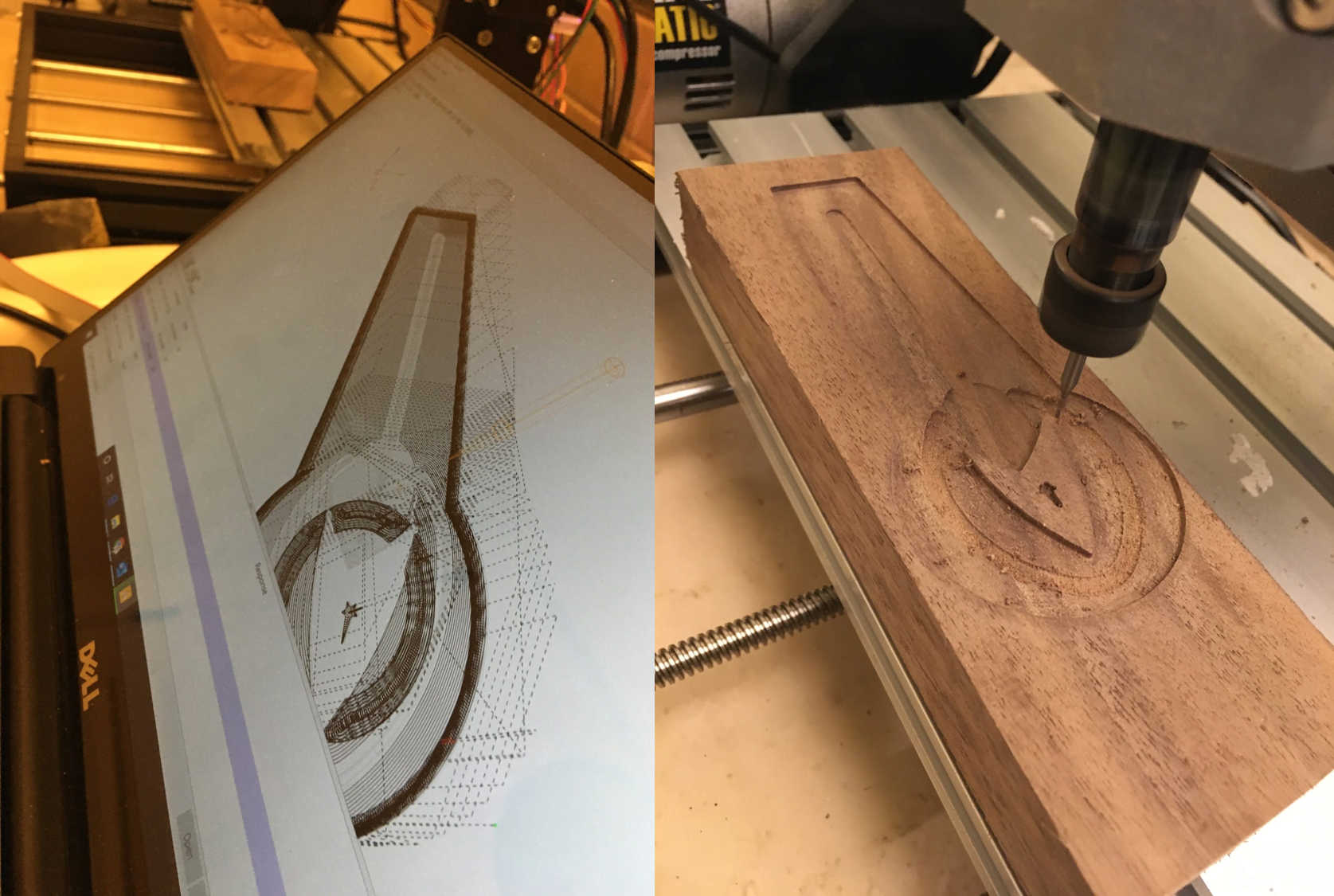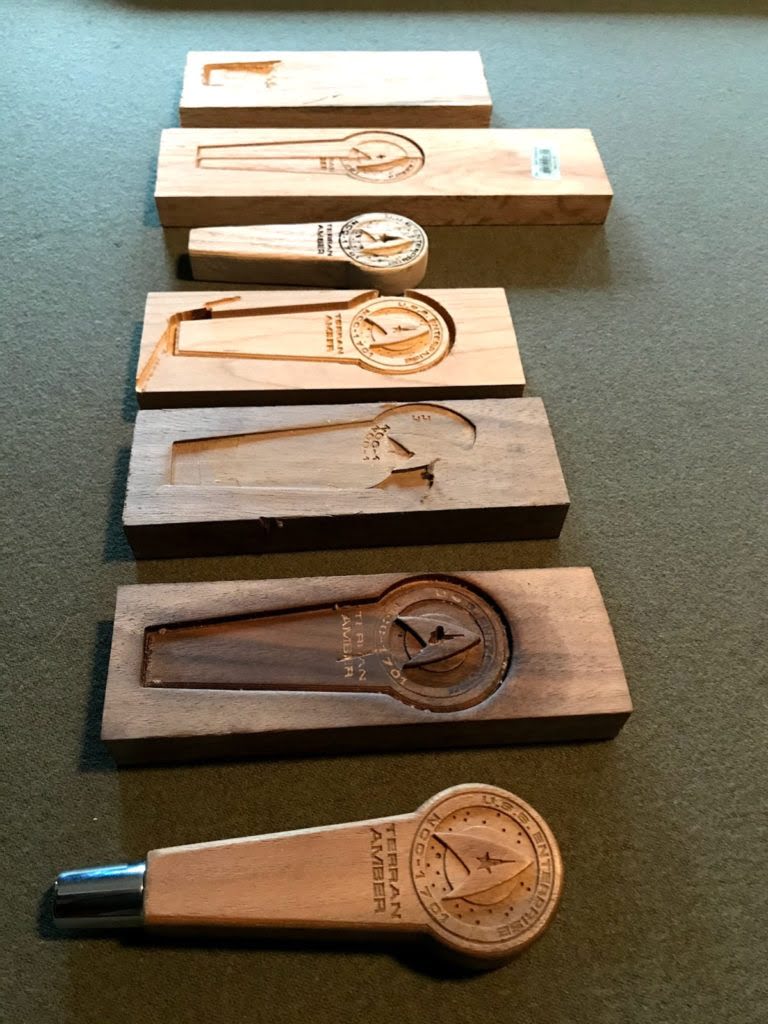A few weeks back, a good friend Elizabeth Hendrickson tweeted about her approach to learning as being quite non-linear. Like her, this has been my approach to problem-solving, especially when dealing with complex problems.
Unlike the common educational approach where we gain knowledge and skill in a guided and controlled linear format, non-linear learning is much more emergent and fits better when dealing with complex problems where the outcome cannot be foretold. The learning can take different paths as we iterate towards a solution in a very Agile way.
One increment at a time
A good example of this approach is the work I have done in prototyping using digital manufacturing tools. Over the past decade, I have been buying and using a number of different 3D printers, 3D scanners, laser cutters, and recently a CNC mill—each having its own unique software toolchain to convert a digital object into a real thing. For me, those real things are anywhere from prototyping a new product idea to supporting my hobby of building replica movie props from Star Trek, Star Wars, or Battlestar Galactica or some other cool object that ends up in the ever-evolving sci-fi bar in my basement.
My latest project involved using this new CNC mill that I acquired. I thought the simplest way to learn this tool was to attempt to design and make a walnut beer tap handle—a Star Trek one of course. It seemed simple enough with my existing knowledge of 3D printing. Here is a picture of my design and the CNC mill making its first cut:

It was simple until I hit my complete lack of understanding of how a CNC works and how different material types affect how fast the device can remove material. My design in Autodesk Fusion 360 looked good, and, as far as I could tell, the conversion into commands that tell the CNC how to move looked correct. So I was shocked when, about halfway into the milling operation, the carving bit plunged deep into the wood followed by a snapping sound as it broke and destroyed the bit. This sent me back to the digital design and conversion to debug what went wrong.
As it turns out, my design was just fine. It was something in the conversion to the CNC’s native language, g-code, that was the problem. This sent me off to the Web to find possible solutions, trying those solutions, and iterating towards a fix. After five repeats, I found the issue and fixed it along with a number of smaller issues that came up in each iteration. Here is a picture of my iterations towards eventual success.

The final version is the one at the bottom, and you can look back in time where I was exploring the boundaries of my ignorance on programming a CNC mill. The non-linear learning took me to centers of knowledge on the Web where I learned about things like how fast and deep you can cut walnut, how to use engraving bits, how to edit and understand CNC g-code, speed of the spindle, simulation, and other topics that led me to a successful outcome.
Enabling knowledge centers for non-linear learning
One thing I have come to appreciate about the Web is the vast number of knowledge centers in support of my endeavors. I would have to say this supports more than 90% of the way that I learn today. Well indexed and searchable systems enable us to take a non-linear path as we explore the complex solutions we are trying to create.
Knowledge centers are laid out like a museum or zoo with a great index to take you to the subject you want to go explore, thus enabling you to micro-learn and iterate to success.

Non-linear learning would not really be possible without such knowledge sources. So I feel that it is important to support sites that enable you in your learning. The simplest support is in the form of adding your own experience and knowledge to the forums, blogs, videos, and pages of the Web. Even just posting a question engages others to share their knowledge. All of us doing that enables all of us to solve problems faster.
Non-linear learning is a critical part of the way that I deal with the complexity I see in Agile and everyday product development. We are so lucky to live in a time where so much knowledge exists in countless knowledge centers on the Web. It makes the complexity easier to maneuver as we solve problems, learn, and teach each other. It is very Agile and is the gateway to innovation.
How do other Agilests learn?
Tune in to our latest Agile Coaching Network podcast on how other Agilists around the world learn and gain skills. Click below or subscribe on your favorite podcast platform.



![[Case Study] Lessons from descaling 25 Scrum teams](https://www.agilealliance.org/wp-content/uploads/2024/12/descaling-teams-1200x630-1-150x150.jpg)



![[Case Study] Lessons from descaling 25 Scrum teams](https://www.agilealliance.org/wp-content/uploads/2024/12/descaling-teams-1200x630-1-300x158.jpg)

